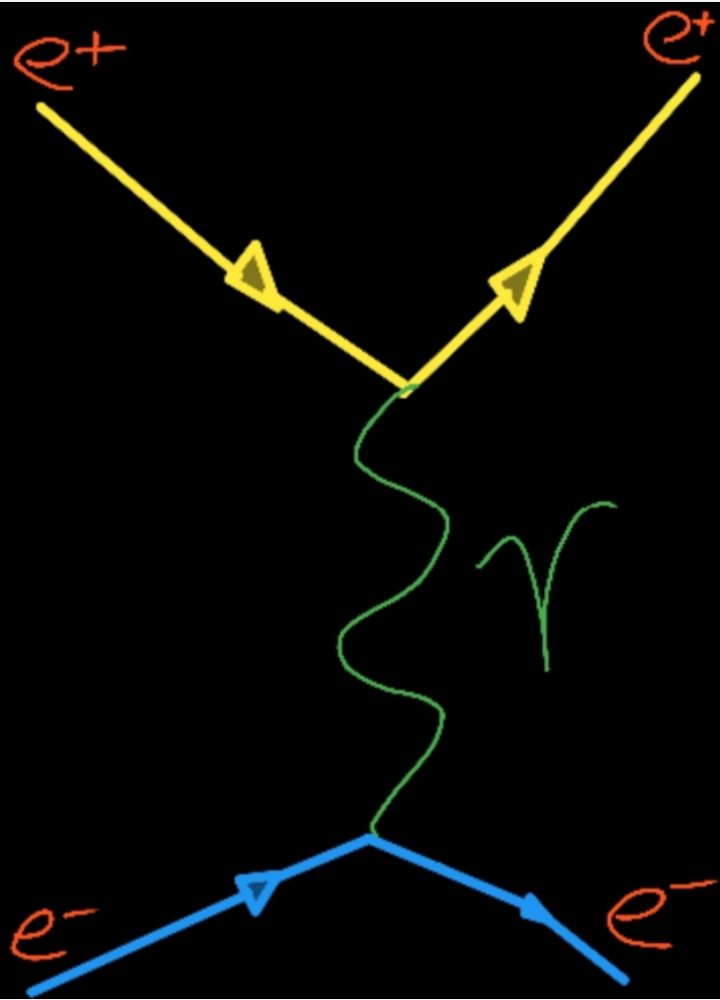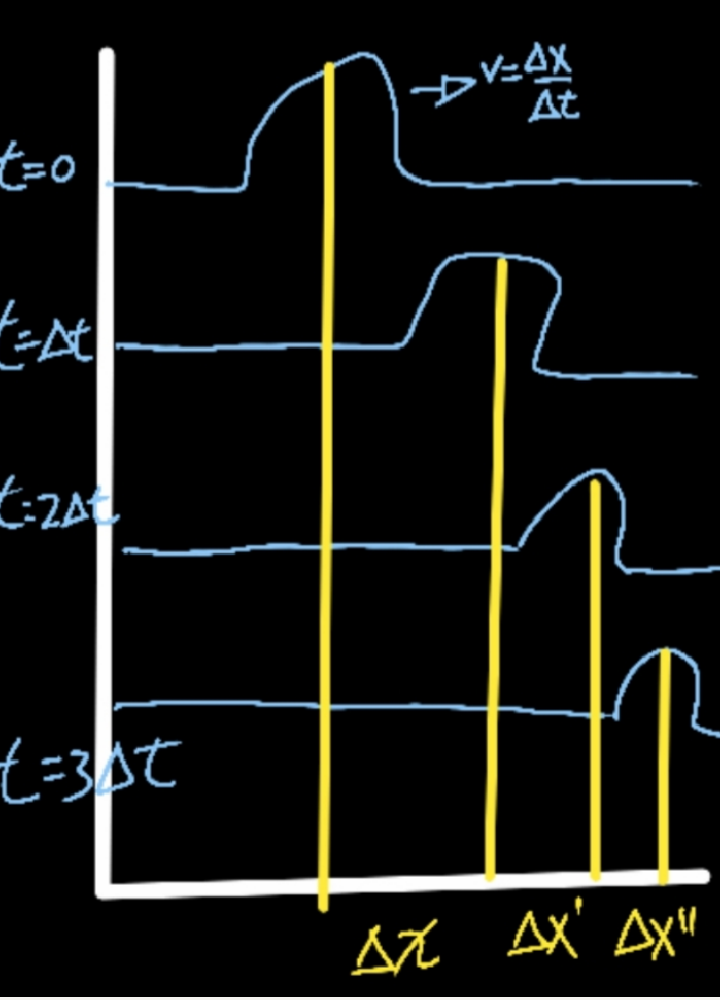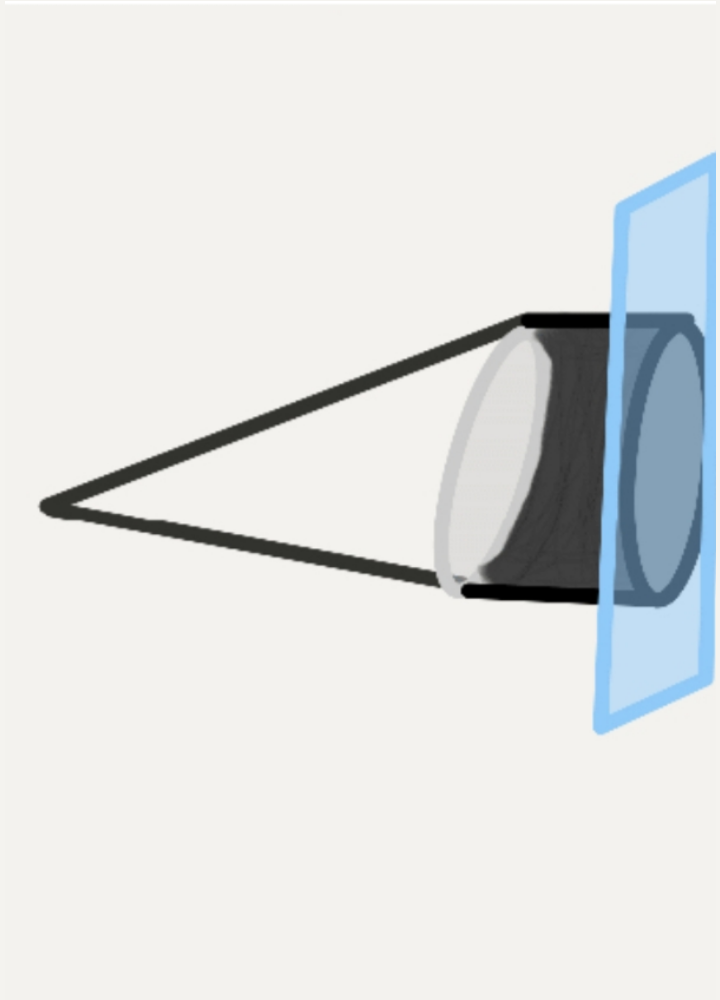¿What do you know about the study of light and optics?
Introduction
For the compression of this very interesting content we must know what the essence of light is, since in the field of physics it is considered a phenomenon, where it is part of electromagnetic radiation that can be perceived by the human eye and in other Sometimes it cannot be evidenced in the way it travels or propagates as the speed of light, as an electromagnetic spectrum, on the other hand visible light is evidenced as part of a radiation in the visible spectrum. Light has this characteristic of waves, since it is formed by elementary particles devoid of mass called photons, and these photons are considered a source of energy, giving rise to the following phenomenon, at the time of light incident on a body, matter of which it is constituted, it has the ability to retain its energy for a few moments, then it can be emitted in all directions is what we know as reflection.
Light is an electromagnetic wave (or a form of radiant energy) visible to the human eye, occupying a certain range of the spectrum of these waves; it propagates in a vacuum with a constant speed, whatever the reference system in which we measure it, of approximately 300.00 km / s, this speed being an irreversible limit imposed by nature. Information consulted in General Physics by Santiago Burbano, 2003.
Optics
We can define it as the branch of Physics that studies the behavior of electromagnetic radiation, in which its characteristics or foundations of its manifestations are included, since within it it is a matter of studying the phenomena where reflection, refraction, interference, diffraction as part of an interaction of radiation with matter emitted by particles and photons as an energy source, something very unique companions or reader friend is that within this branch it is also about describing the behavior of visible light , as part of ultraviolet radiation and infrared radiation.
Another phenomenon within the field of optics, where it is evidenced and experienced is the behavior of electromagnetic radiation, is the different way in which it manifests itself in other forms of radiation, giving rise to the following: X-rays, microwave rays and we can forget radio waves show properties within this same physical phenomenon, that is why the application of geometric optics.

A
A representation of the Feynman Diagram showing the exchange of a virtual photon (symbolized by a wavy line and between a positron and an electron.)
Optics is the science that studies light, whose simple and incomplete definition would be that of the physical agent, which allows us to see objects. The luminous bodies are themselves a light source, the others, in order to be seen, need to be illuminated by a light source. Information consulted in Optics by R. Annequin, J. Boutigny, 1976.
Thanks to the study of light and the application of optics, in my opinion it is important to know all these foundations in the field of physics, since today we know the sun as an energy source, optics bearing is applied in our technology and today nowadays we produce artificial light in a potential way, because he mentions these is for the following, since we are handling the study of its and its behavior as a physical phenomenon, a physical mechanism is applied: as a set of forces that change the state of a system, it is that is, they modify the situation in which a body or a set of bodies finds itself; Thanks to this, the behavior of photons and the particle that intervenes in the phenomenon of light at the moment it originates is better understood.
Considerations presented by this physical phenomenon
[1] -One displacement.
[2] - The pressure.
[3] -Intensity.
[4] -Nature.
[5] -Electromagnetic field.
It is important to know these considerations, since only with the fact that the light disturbance is propagating indicates that energy is propagating, which is what allows the disturbed magnitude at one point to also be disturbing at another point after a certain time.

To understand how waveform propagates, since light propagates in this way, taking into account the following, a waveform disturbance, where it propagates to the right, represented at different instants of time (t = 0, t = Dt), taking into account the propagation speed of this disturbance phenomenon, v in space, it travels, Dx, divided by the time which is used in the journey for Dt.
Let's just think about the following about this case of the wave, it is a disturbance that propagates through space and time where the transport of energy along with the amount of movement, considering where the net transport of matter is not included. With the sense of this information, it served as a base used as a level scientist like Maxwell, who carried who considered that there was a consider possibility, where light was only a type of electromagnetic wave, which had a very particular and determined frequency, since over time evidence was obtained that electromagnetic waves could be generated, thanks to the studies and experiment carried out by German physicist Heinrich Hertz, we now know it as the UHF band.
We can further reinforce this information with the following contribution:
The luminous manifestations were attributed by Newton (around 1700) to the emission by the source of particles of an imprecise nature. Later, in the 19th century, the wave theory was adopted with Fresnsel, the only one capable of interpreting the phenomena of interference and diffraction. This theory was consolidated with Maxwell, by specifying the structure of light waves: these are made up of an electric field and a perpendicular magnetic field and whose modules are sinusoidal functions of time with the same period; all light waves, whatever their frequency, propagate in a vacuum at the same speed, c = 2997790 km s ^ -1, information consulted in Information consulted in Optics by R. Annequin, J. Boutigny, 1976.
Geometric Optics
What is unique about geometric optics is that this refers to the moment of its application, where the wavelength of the light used is much less, than the size of the optical elements in the system that is being analyzed.
Geometric optics is considered when the wavelength of radiant energy is small compared to the physical dimensions of the optical system (λ-o). In the geometric optical approach, the wave or photonic character of light is not taken into account, it is studied, not the light itself, but its trajectory based on the concept of the ray of light. Information consulted in Geometric Optics by María Sagrario Millán, María Sagrario Millán García-Varela, Jaume Escofet Soteras, Elisabet Pérez Cabré, 2004.
Already being clear about the approach of geometric optics and its application, there are very important foundations within the study of optics in the field of physics.

One of them is the effect of the rectilinear propagation of light, where an instrument such as lenses and a camera are applied to show how an object is strongly illuminated and using a white screen, like the one used in photographic film to that we are understanding this content, it is placed opaquely with a small hole, the light rays come from different points of the previously illuminated object, since it passes through the hole already mentioned, to form a kind of screen an inverted image of the object subjected to this experiment. The law of rectilinear propagation, for this to occur, the light needs to be homogeneous, since it propagates according to the rectilinear path.
A representation of an opaque object with a point light source.
conclusion
Thanks to all the contributions and information provided in this articles, it shows us the path of knowledge to understand the physical phenomenon of light, and how in the universe that surrounds us it manifests itself naturally, as a physical phenomenon, where thanks to postulates proposed by Maxwell, Heinrich Hertz in specifying the structure of light waves: these are made up of an electric field, which also served as the basis for creating light artificially, in addition to this also the importance of light emitted by the sun as a power energy source, including its electromagnetic field.

[1] - Fundamentals of optics by Bruno Rossi, 1966.
[2] - Optics by R. Annequin, J. Boutigny, 1976.
[3] - General Physics by Santiago Burbano, 2003.
[4] - Geometric optics by María Sagrario Millán, María Sagrario Millán García-Varela, Jaume Escofet Soteras, Elisabet Pérez Cabré, 2004.

Thanks for your contribution to the STEMsocial community. Feel free to join us on discord to get to know the rest of us!
Please consider supporting our funding proposal, approving our witness (@stem.witness) or delegating to the @stemsocial account (for some ROI).
Please consider using the STEMsocial app app and including @stemsocial as a beneficiary to get a stronger support.